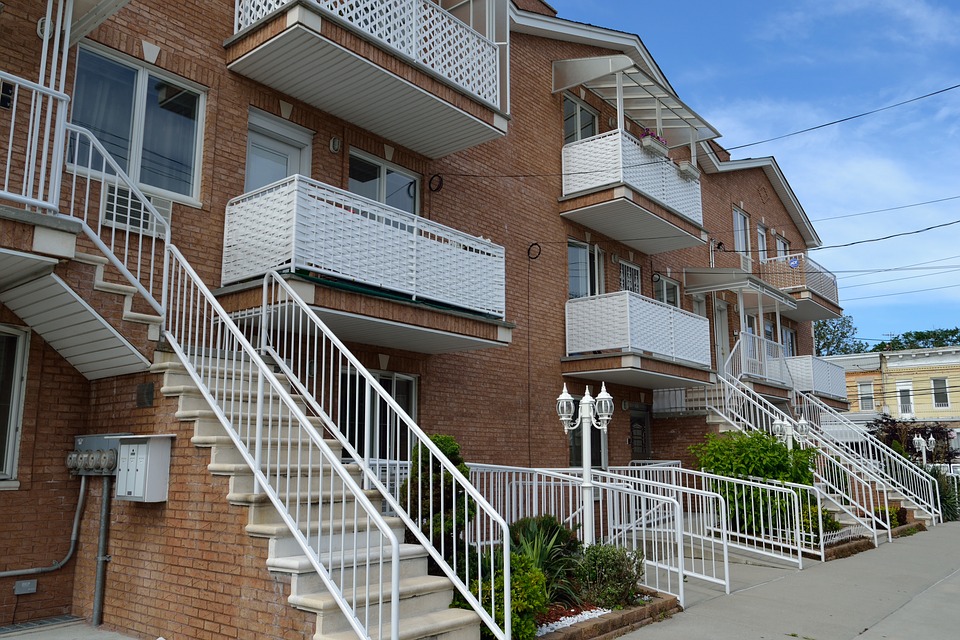The Consumer Financial Protection Bureau estimates the number of residents behind on their rents will reach nearly 7 million by the end of June, columnist Lew Sichelman reports.
The rent delinquent residents owe is increasing monthly, with Blacks and Hispanics marking themselves at most risk of eviction, according to a federal watchdog agency.
The Consumer Financial Protection Bureau estimates the number of residents behind on their rents will reach nearly 7 million by the end of June, up from 6 million currently. On average, the agency figures the amount owed landlords will reach more than $6,100.
The CFPB analysis is based on a Census Bureau survey in December that shows people of color are far more likely to believe they are facing eviction, sooner rather than later. Some 15.7 percent of the Black survey respondents and 11.3 percent of the Hispanics believe they are likely to be forced out. This compares to just 6.2 percent of whites and 4.2 percent of Asians.
“Since Black and Hispanic households are more than twice as likely to be renters than white households, an eviction crisis would fall hardest on communities of color,” the agency reports.
Income factors into the delinquency equation as well. The number of low-income renters in delinquency is higher than any other category, according to the CFPB, quoting December data from Moody’s Analytics. More than one in four renters—27.1 percent—with incomes below $25,000 are behind on their rent compared to 18.1 percent for all renters, 16.9 percent for renters earning between $25,000 and $75,000 and 8.9 percent for those making more than $75,000.
Some 8.8 million renters were behind as of December, according to the Bureau. Rental debt was $44.1 billion that month, CFBP estimated, rising to $52.6 billion in February. The total is projected to fall back to $41.2 billion by June.
But it is good to remember there are competing estimates on rental debt. In a recent blog The Urban Institute noted three different measures that differ widely, though it is somewhat a case of apples and oranges since the dates of the estimates differ, and none of them includes the effect of the first $25 billion of rent relief in the December 2020 stimulus package. Nor does it include the $25 billion in rent relief is in the American Recovery Plan.
Image: Pixabay





